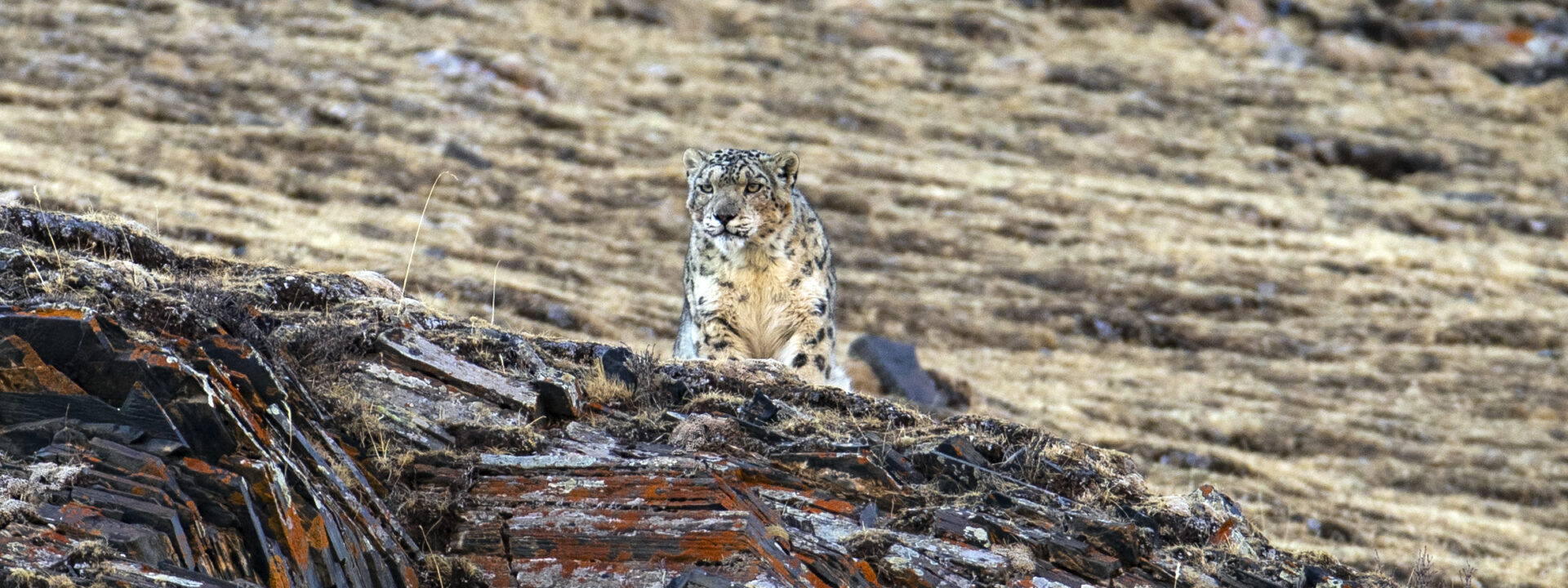China
"Snow Leopards in Comfort"
Snow Leopards and other mammals of Sichuan and the Tibetan Plateau of Qinghai
This new trip to Sichuan and Qinghai in China in 2025 will offer those not wanting to camp, a great opportunity to look for Snow Leopards. Staying in “western style” hotels, we will be able to look for these amazing cats from roads and tracks and also at a lower altitude than in the Himalayas.
There is a fantastic supporting cast of other great mammals with the possibilities including Red Panda, Eurasian Lynx, Pallas’s Cat, Tibetan Wolf, Chiru (Tibetan Antelope), Kiang, Blue Sheep, Argali, Wild Yak and Plateau Pika.
An impressive selection of birds are also likely with White Eared-Pheasant, Lammergeier, Tibetan Sandgrouse, Ground Tit and Tibetan Lark amongst the species we hope to see.
Tour Dates & Prices
Sat 13th September 2025
Sun 28th September 2025
- Guaranteed Departure
Only 1 Space Left
Tue 7th April 2026
Wed 22nd April 2026
- Guaranteed Departure
2 Spaces Available
Tour Cost: 16 Days from £5395 excluding flights
What's Included?
- WildWings Tour Leader and Chinese-based British wildlife guide
- 13 nights accommodation in comfortable hotels
- All main meals and drinking water
- All excursion, entry fees and permits
- WildWings checklist of mammals and birds
Cost Excludes
International and internal flights, visa costs, insurance, drinks, airport meals/snacks and other items of a personal nature.
Notes
As this tour was announced more than two years in advance, we are collecting £200 deposits to secure a place. A further £1,150 payable will then be payable in September 2024 with the final balance due 3 months before departure.
Despite the end of pandemic restrictions, it is still proving extremely difficult to predict future flight prices. As a result, we have taken the decision to continue to price our holidays as excluding international flights.
To keep the process as simple as possible, we are working very closely with a dedicated agent at Travel Counsellors, Sacha Barbato, who is essentially now our “in house” flight consultant.
Sacha is a highly experienced independent ATOL bonded travel agent, and his contact details are as follows: [email protected] and 01603 360099
He will be able to advise you which flights we are recommending for each holiday and will be able to book these for you.
This will also sometimes give you the option to travel from a regional airport if you prefer.
Tour Cost: 16 Days from £5695 excluding flights
What's Included?
- WildWings Tour Leader and Chinese-based British wildlife guide
- 13 nights accommodation in comfortable hotels
- All main meals and drinking water
- All excursion, entry fees and permits
- WildWings checklist of mammals and birds
Cost Excludes
International and internal flights, visa costs, insurance, drinks, airport meals/snacks and other items of a personal nature.
Notes
As this tour is being announced almost two years in advance, we are collecting £250 deposits to secure a place. A further £1,200 payable will then be payable in April 2025 with the final balance due 3 months before departure.
Despite the end of pandemic restrictions, it is still proving extremely difficult to predict future flight prices. As a result, we have taken the decision to continue to price our holidays as excluding flights.
To keep the process as simple as possible, we are working very closely with a dedicated agent at Travel Counsellors, Sacha Barbato, who is essentially now our “in house” flight consultant.
Sacha is a highly experienced independent ATOL bonded travel agent, and his contact details are as follows: [email protected] and 01603 360099
He will be able to advise you which flights we are recommending for each holiday and will be able to book these for you.
This will also sometimes give you the option to travel from a regional airport if you prefer.
Tour Highlights
- A hotel-based trip in search of Snow Leopards, Red Panda and other mammals in Sichuan and on the Tibetan Plateau of Qinghai.
- A trip showcasing the Tibetan Plateau’s fantastic variety of animals and birds, in one of the world’s true wildernesses and most remote destinations.
- Comfortable hotel accommodation throughout, no camping or homestay accommodation.
- Four days specifically allocated to vehicle-based searching for Snow Leopards.
- A host of other sought-after quality mammals are likely including Wild Yak, Chiru (Tibetan Antelope), Tibetan Fox, Pallas’s Cat, Eurasian Lynx, Tibetan Blue (Brown) Bear and a good variety of ungulates.
- An impressive range of birds to look for including Lady Amherst’s Pheasant, Temminck’s Tragopan, Black-necked Crane, Ibisbill, Tibetan Sandgrouse and the elusive Tibetan Bunting.
- Great photographic opportunities – not only wildlife but also the scenic grandeur of Tibetan landscapes and culture.
Outline Itinerary
-
Depart UK for Chengdu.
-
Arrive Chengdu. Transfer to Labahe Forest Park.
-
Full day at Labahe Forest Park.
-
Transfer to the Tibetan town of Garze.
-
Travel on to Serxu.
-
Exploring the wildlife rich grasslands and other habitats around Serxu for Snow Leopards, other mammals and birds.
-
Some final wildlife watching around Serxu then transfer to Yushu.
-
Visit to Longbao NNR on way to Qumarleb.
-
Explore the Kekexili which is the world’s largest and highest plateau.
-
Wildlife watching as we drive back to Yushu.
-
Fly Yushu to Chengdu for onward connections to the UK.
-
Arrive UK.
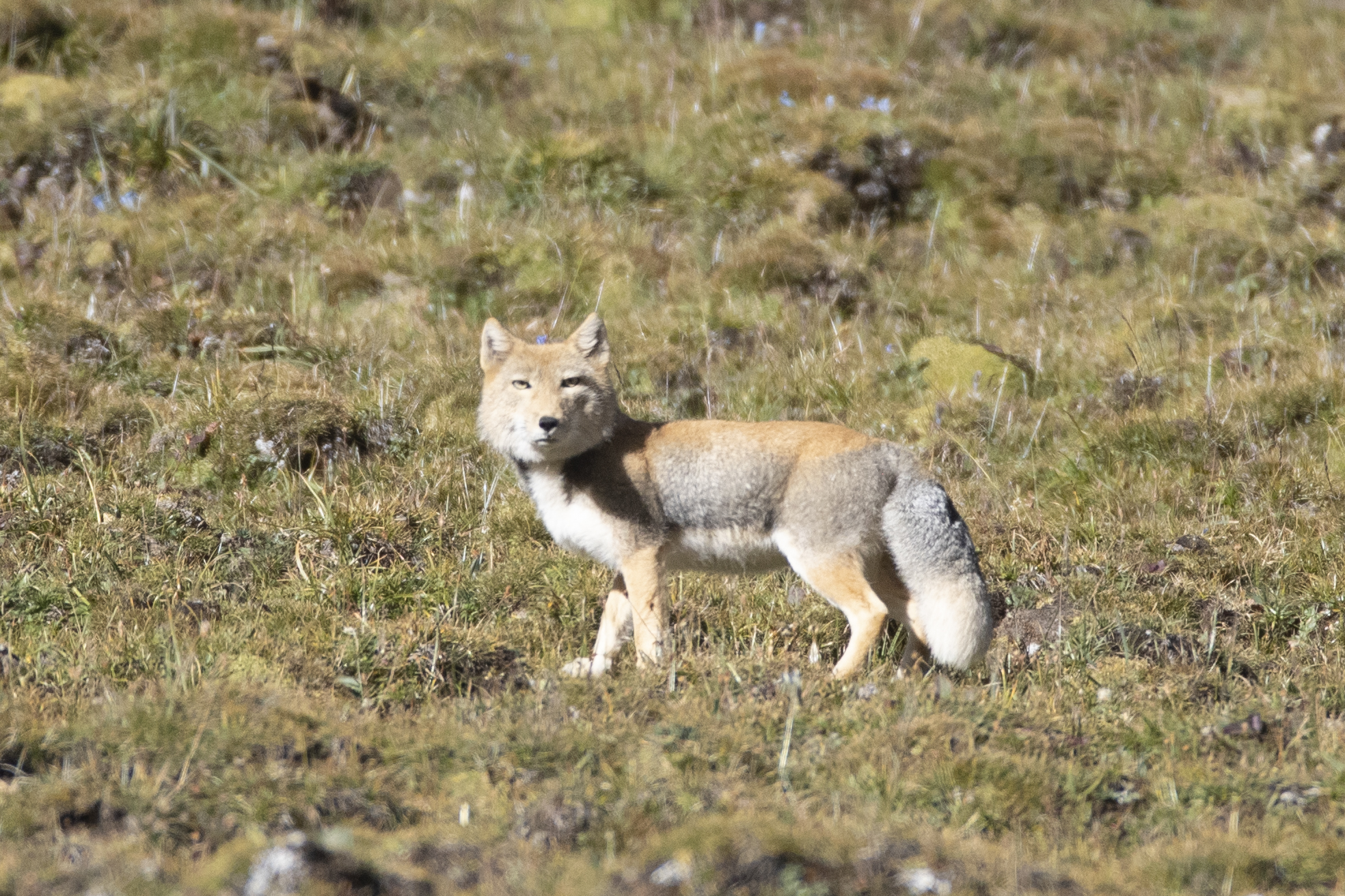
China is home to the world’s largest population of Snow Leopards. The wildlife rich grasslands and mountains of the eastern Tibetan Plateau, hold good numbers of easily accessible Snow Leopards, alongside a wide range of predators including Wolf, Eurasian Lynx, Tibetan Blue (Brown) Bear, Tibetan Fox and Pallas’s Cat. A good variety of herbivores provide food for these predators ranging from the small Plateau Pika to large ungulates such as Wild Yak, Kiang (Wild Ass) and Chiru (Tibetan Antelope). The area also offers excellent birding with a species list that includes Ibisbill, Saker, Ground Tit and Black-necked Crane with a chance of Tibetan Bunting.
Although WildWings offers a comfortable camping option in Ladakh to look for Snow Leopards, this our tour to China spends every night in hotels with western style ensuite toilets and showers and evening restaurant meals, plus an acclimatization period prior to our arrival at high-altitude sites. Viewing wildlife will not involve strenuous walks far from vehicles – most species can be seen close to roadside locations.
As the main part of our trip will take place at altitudes above 3,000 metres, an altitude where reduced oxygen levels and dehydration can cause discomfort, we will be spending the first two nights at Labahe Forest Park, which is a five-hour drive from Chengdu allowing the group to spend time around 2,000m.
Labahe offers great mammal watching with Red Panda being the main target, although other possibilities include Sambar Deer, Forest Musk Deer, Chinese Goral, Chinese Serow, Masked Palm Civet, Leopard Cat, Malayan Porcupine, Red and White Giant Flying Squirrel, Chindwin Giant Flying Squirrel, Tibetan Macaque and if we are exceptionally lucky, Giant Panda. Likely birds include both Lady Amherst’s Pheasant and Temminck’s Tragopan.
After leaving Labahe, we will have a long travel day to the Tibetan town of Garze where we will spend our first night above 3,000m. Our route will take us over a 4,000m pass where there are chances of seeing high alpine species like Kessler’s Thrush and Rufous-breasted and Brown Accentors.
Once over this pass, we reach the Tibetan Plateau and will start to see species like Himalayan Griffon and Lammergeier. The following day, we will continue for 300 km into ‘Snow Leopard country’ with plenty of opportunities to look for mammals and birds enroute. As we cross the Tibetan Plateau, we have our first opportunity to see species like Tibetan Fox and Wolf along with birds such as Saker, Ground Tit and White-rumped Snowfinch.
Serxu County which is in the north-western corner of Sichuan Province will be our base for the next few days. With the help of local Yak herders, we will spend our time in these wildlife rich grasslands looking for Snow Leopards from the roads and tracks traversing the area.
All our wildlife watching sites are within a couple of hours’ drive from our comfortable hotel accommodation. The town lies at 4,000m which is the main reason for our gradual drive to the area to enable clients to acclimatise to the changes in altitude.
The area offers excellent mammal watching and in addition to Snow Leopard, other possibilities include Eurasian Lynx, Pallas’s Cat, Wolf, Tibetan Fox, Tibetan Blue (Brown) Bear, Plateau Pika, Tibetan Gazelle, White-lipped Deer, Blue Sheep, Kiang (Wild Ass), Woolly Hare, Steppe Polecat, Hill Weasel and possibly Himalayan Marmot.
Birds likely to be seen include Tibetan Partridge, Bar-headed Goose, Ruddy Shelduck, Ibisbill, Pallas’s Gull, Himalayan Griffon, Lammergeier, Upland Buzzard, Saker Falcon, Ground Tit, Rufous-necked Snowfinch, White-rumped Snowfinch, Black-winged Snowfinch, Robin Accentor, Pink-rumped Rosefinch, Streaked Rosefinch, Plain Mountain Finch, Godlewski’s and possibly Tibetan Bunting.
After a final morning in the Serxu area, we will depart for a 135km drive to Yushu for one night. From Yushu, we will make a 230km drive to our new base at the town of Qumarleb. The trip takes us through excellent wildlife habitat including the wetlands of Longbao NNR. If we haven’t already seen them, we have good chances to see Black-necked Crane and the near endemic Tibetan Lark.
The drive also offers opportunities to see three new ungulates – MacNeill’s Deer (a subspecies of Red Deer which is treated as a separate species by some authorities), Alpine Musk Deer and Argali. Qumarleb lies on the southern edge of Kekexili and, with comfortable hotels, makes a good base for the final leg of the trip.
This is an area of flat, arid alpine pasture, covering 83,000 square km, which is the world’s largest and highest plateau. Here, we will look for two of the plateau’s most iconic mammals, the Chiru and Wild Yak. Other mammals should include herds of Kiang, Tibetan Gazelle and huge colonies of Plateau Pika which support healthy populations of Tibetan Fox and Wolf.
This is one of the most promising areas to get a chance of scoping a foraging Tibetan Blue Bear while the area around Qumarleb has some of the best habitat to find Pallas’s Cat, and we will spend some time looking for this iconic species if we haven’t seen it earlier in the trip. Tibetan Gazelle, White-lipped Deer, Alpine Musk Deer and Blue Sheep are also possible, along with birds such as Tibetan Sandgrouse.
After leaving Kekexili and Qumarleb, we will drive back towards Yushu. If time permits, we will stop in the Xhidoi area just south of Qumarleb where we have also seen Snow Leopard, Eurasian Lynx, Tibetan Blue (Brown) Bear and Argali in the past.
After a final night in Yushu, we will take a flight to Chengdu to connect with our international flights home. Depending on flight schedules, we may need to spend our last night in a hotel near the airport in Chengdu.
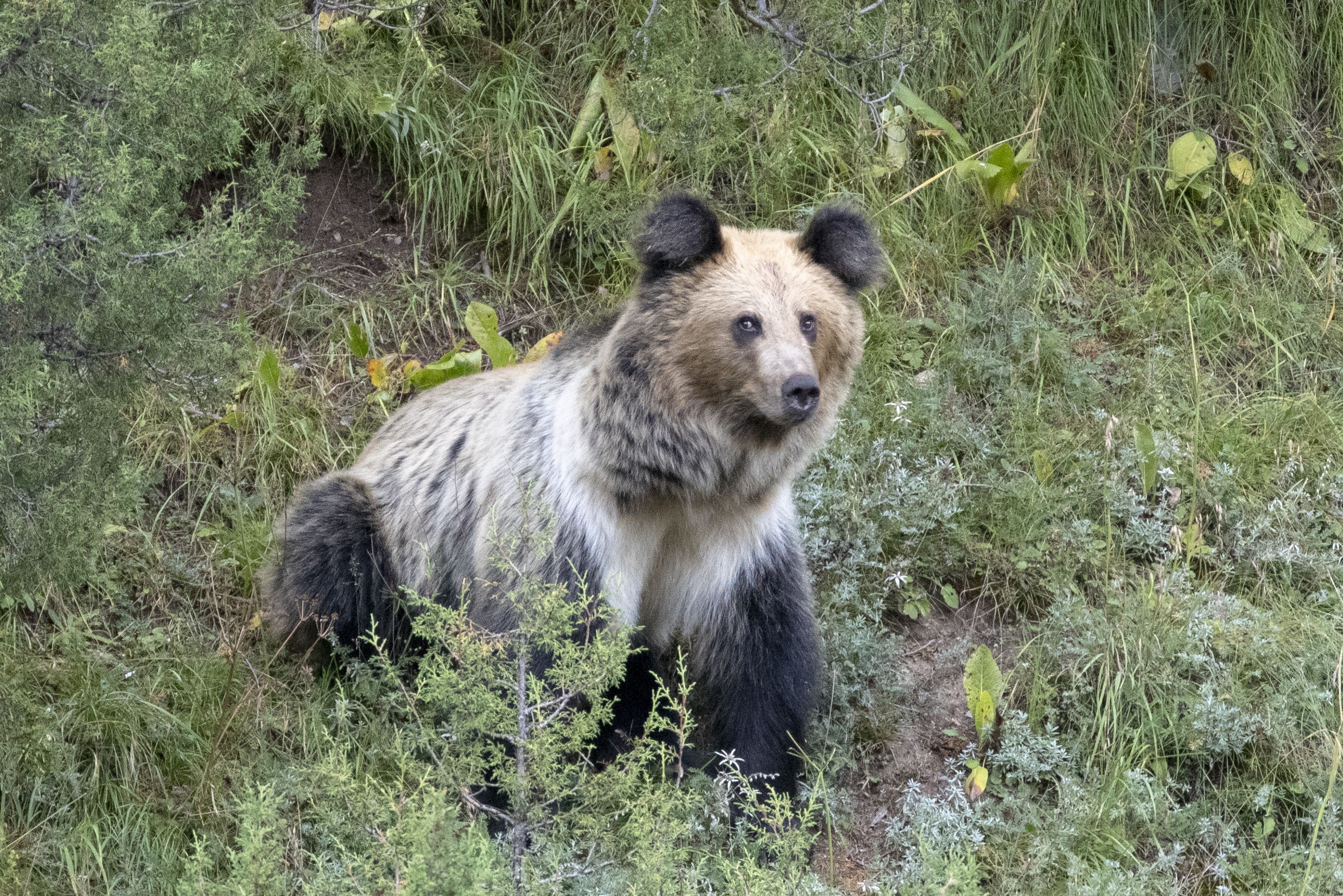
Day 1: Depart UK for Chengdu
Day 2: Arrive Chengdu and transfer to Labahe Forest Park
We should arrive in Chengdu in the early morning and will drive to Labahe to begin our search for Red Panda. In recent years, the roads have greatly improved so we should arrive by early evening giving us time to unpack and explore the surrounding area. After dinner, we will have our first night drive. Night in Labahe
Day 3: Full day at Labahe Forest Park
Our main aim will be to find Red Pandas and if we are fortunate, we should be able to get close enough for nice photos.
Over the last few years, Giant Pandas have occasionally been seen on the hillsides in this area, but it is very much a case of scanning and hoping that we might get lucky. This site is also excellent for Chinese Serow, Chinese Goral, Northern Leopard Cat, Red and White Giant Flying Squirrels with other possibilities including Masked Palm Civet, Malayan Porcupine and Tibetan Macaque.
There should also be an impressive supporting cast of birds with Lady Amherst’s Pheasant, Temminck’s Tragopan, Brown, Fulvous and Three-toed Parrotbills, Chestnut-headed Tesia and Black-faced Laughingthrush amongst the species we hope to find. Second night in Labahe
Day 4: Transfer to the Tibetan town of Garze
The drive to the Tibetan town of Garze will take much of the day but we will make strategic stops as we travel to look for birds and mammals. We will cross a 4,000 metre pass in the Zhedou Mountains where there are chances to find high alpine birds such as Kessler’s Thrush and both Rufous-breasted and Brown Accentors. Once over the pass, we will be on the Tibetan Plateau and will start to see species such as Himalayan Griffon and the majestic Lammergeier. There should also be chances to see mammals such as Tibetan Gazelle and Plateau Pika. Night in Garze
Day 5: Travel on to Serxu
We will begin our exploration of the Tibetan Plateau as we travel the 300kms to our main base at Serxu. As we gradually gain elevation (Serxu is at approximately 4,000m), we stand an excellent chance of seeing Plateau Pika which is abundant.
Both Tibetan Fox and Tibetan Wolf are also possible and birds could include Upland Buzzard, Saker Falcon, Ground Tit and the near-endemic White-rumped Snowfinch. Night in Serxu
Days 6-9: Four days exploring the grasslands and other habitats around Serxu
We have four full days to explore around Serxu which is located in the north-western corner of Sichuan Province. During our stay, we will visit a variety of different habitats but our main emphasis will be on the wildlife rich grasslands which is where we hope to find Snow Leopards. Most of the places we plan to visit are within a couple of hours or so of our comfortable hotel. Much of our time is likely to be short walks from our vehicles given the high altitude.
Local Yak herders are often aware where the Snow Leopards are present and we will use ‘local intelligence’ to maximise our chances of seeing them.
There are, however, plenty of other interesting mammals to look for and those we hope to see include Eurasian Lynx, Pallas’s Cat, Tibetan Wolf, Tibetan Fox, Tibetan Blue Bear, Plateau Pika, Tibetan Gazelle, White-lipped Deer, Blue Sheep, Kiang (Wild Ass), Woolly Hare, Steppe Polecat, Hill Weasel. Although the majority are likely to have already started hibernating, we may also see Himalayan Marmot.
This area is also home to some great birds and the possibilities include Tibetan Partridge, Bar-headed Goose, Ibisbill, Pallas’s Gull, Himalayan Griffon, Lammergeier, Upland Buzzard, Saker Falcon, Ground Tit, Rufous-necked, White-rumped and Black-winged Snowfinches (all of which are near-endemic), Robin Accentor, Oriental Skylark, Pink-rumped Rosefinch (endemic), Streaked Rosefinch (near endemic), Plain Mountain Finch and Godlewski’s Bunting. Four further nights in Serxu
Day 10: Transfer to Yushu
We are likely to have a final morning around Serxu and will prioritise looking for any species we may have missed before setting off for Yushu. We will leave Sichuan and enter the province of Qinqhai where we will be based for the remainder of our tour. Night in Yushu
Day 11: Visit to Longbao NNR on way to Qumarleb
We will leave Yushu after breakfast for the 230km drive to the town of Qumarleb. We will be passing through some excellent wildlife habitats and plan to make a stop at the wetlands of Longbao National Nature Reserve. If we haven’t seen it already, this reserve is a good place to find Black-necked Crane and the near-endemic Tibetan Lark. Other birds which occur in the area include Bar-headed Goose, Hill Pigeon, Pallas’s Gull, Himalayan Griffon, Steppe Eagle, Saker Falcon, Ground Tit, Tibetan Snowfinch (endemic) and Rufous-necked Snowfinch.
We are also likely to make some stops during the journey to look for mammals and we hope to find three species of ungulates which we will probably not have seen so far, MacNeill’s Deer (a subspecies of Elk), Alpine Musk Deer and Agarli which is the world’s largest species of wild sheep. Night in Qumarleb
Days 12-13: Explore the Kekexili, the world’s largest and highest plateau
Qumarleb lies on the southern edge of the vast Kekexili plateau and is an ideal base for the final part of our tour as we look to explore the flat, arid alpine pasture near the city. Covering an immense 83,000 square km, the Kekexili is the world’s largest and highest plateau and our goal is to find two of the plateau’s most iconic mammals, the Chiru (Tibetan Antelope) and Wild Yak.
Previously hunted to the point where they became highly endangered, the number of Chirus has bounced back since the establishment of a reserve and we stand a good chance of seeing this species.
The Wild Yak, however, which are much larger than their domestic counterpart, have experienced a significant population decline, and are now restricted to just a few sites in the Himalayas.
We will also spend part of our time looking for Pallas’s Cat as this region has some of the best habitat for this delightful species in the area.
Other mammals which occur here include Kiang (Wild Ass), Blue Sheep, Tibetan Gazelle, Alpine Musk Deer and White-lipped Deer. There are also huge colonies of Plateau Pika which provide plenty of food for both Tibetan Fox and Tibetan Wolf and we may well see these two carnivores out hunting.
If we are extremely fortunate, we may also find a foraging Tibetan Blue Bear which is one of the rarest subspecies of Brown Bear in the world.
The arid habitats on the plateau mean there are some different birds to look for and two of the specialities we hope to see are Tibetan Sandgrouse and Blanford’s Snowfinch. Two further nights in Qumarleb
Day 14: Wildlife watching as we drive back to Yushu
We plan to leave Qumarleb after breakfast to return to Yushu and one of our likely stops is somewhat to the south of Qumarleb in the area around Xhidoi. Snow Leopard, Eurasian Lynx, Tibetan Blue Bear and Agarli can all be found in this area and if we have not seen any of these species yet, we will prioritise looking for them before continuing on to Yushu. Night in Yushu
Day 15: Fly Yushu to Chengdu for onward connections to the UK
Depending on flight times, there may be the opportunity for some final wildlife watching in Yushu before we head to the airport for a flight to Chengdu with onward overnight connections back to the UK.
Day 16: Arrive UK
Please note that the itinerary may be changed to maximise on the wildlife opportunities and flight schedules.
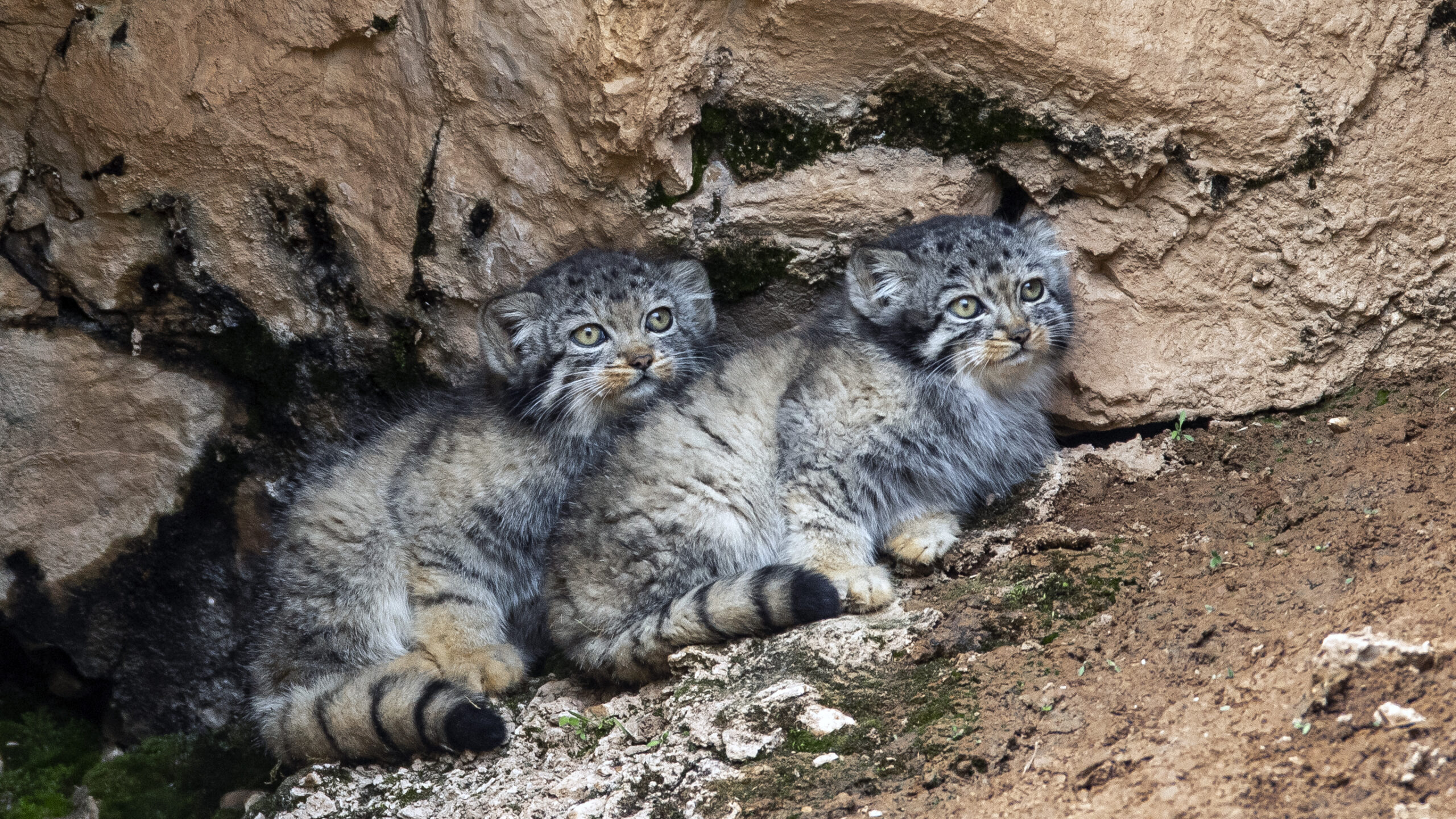
WHAT TO EXPECT
This is a small group (maximum of seven participants) mammal-focussed tour to Sichuan where our goal is to see the special animals of this region. We will also look for some of the iconic birds which occur in Sichuan and Qinqhai but participants should understand that we will not be chasing a big list of “little brown jobs”.
Like most of our tours, there will be early starts and late finishes and we also plan to offer some nocturnal excursions to look for certain species. Except on travel days, all trips are optional but you are obviously encouraged to join them all.
WEATHER
The weather conditions during this tour are likely to be highly variable with relatively mild to cold conditions at Labahe and potentially colder conditions including the possibility of some snow showers and sub-zero temperatures at dawn at higher altitudes.
Warm winter clothing including gloves will, therefore, be essential, along with thermals, although it is quite likely that many days will be clear, relatively warm and sunny.
TRANSPORT
All road transport is in comfortable minivans or 4×4 vehicles and, on some occasions, we will use national park shuttle buses to visit areas closed to our vehicles. Luggage space is limited so soft holdalls rather than large hard suitcases are preferable.
ACCOMMODATION
Throughout our stay we plan to use a number of 3-star hotels which have comfortable rooms with western style ensuite bathrooms and toilets.
MEALS
Meals will be planned around our daily activities and will not necessarily be at fixed times. If our activities are in the vicinity of the hotel, we will return for breakfast after an early morning excursion but when travelling further afield, we may take toasted sandwiches etc. Lunches will either be taken at the hotels, at restaurants when travelling between locations, or on some days when we are out of the field all day, we will have packed lunches. Evening meals will be taken at our hotel or a local restaurant. It is worth bringing a supply of cereal bars or other snacks to keep you going between meals.
WALKING
Most walks will be short distance along roads and good tracks with the possibility of a short uphill walk at around 2,500 metres above sea level at Labahe. At higher altitudes, walks will be kept to a minimum and we expect to be close to our vehicles.
PHOTOGRAPHY
There should be some excellent photographic opportunities and we would expect to get close views of a number of species.
VISAS
The visa requirements for China change regularly and we will send you the details you require. You will be required to apply for your visa from 3 months prior to departure. Our Ground Agent will supply the necessary documentation that gives a list of hotel bookings, an itinerary and an address that is used as the ‘inviting party.’
FLIGHTS
Despite the end of pandemic restrictions, it is still proving extremely difficult to predict future flight prices and schedules. As a result, we have taken the decision to continue to price our holidays as excluding international flights.
To keep the process as simple as possible, we are working very closely with a dedicated agent at Travel Counsellors, Sacha Barbato, who is essentially now our “in house” flight consultant.
Sacha will be able to advise you which flights we are recommending for each holiday, and he will be able to book these for you.
Tour Gallery
View a gallery of images for this tour below, click on an image to view as full size with caption
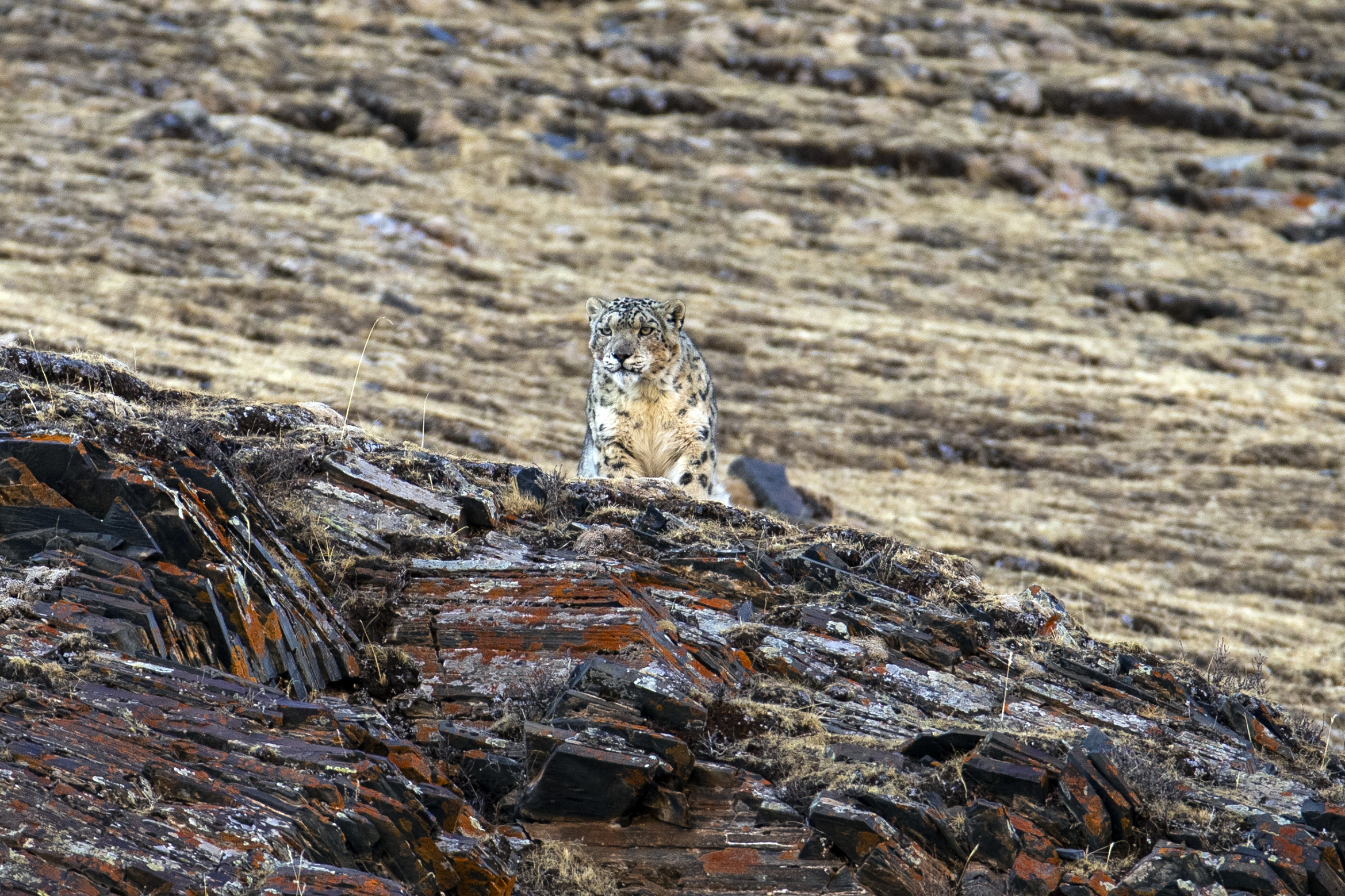
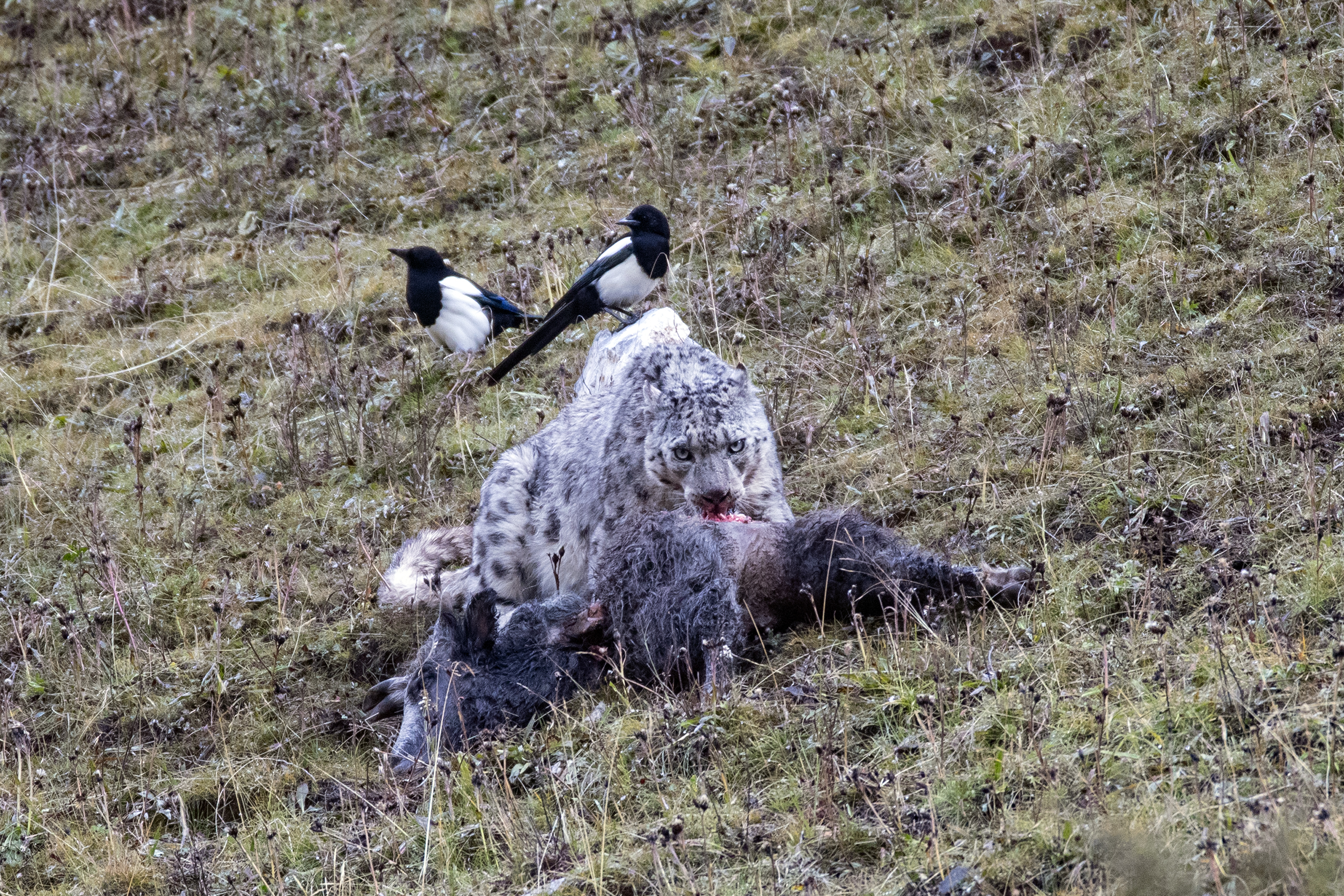
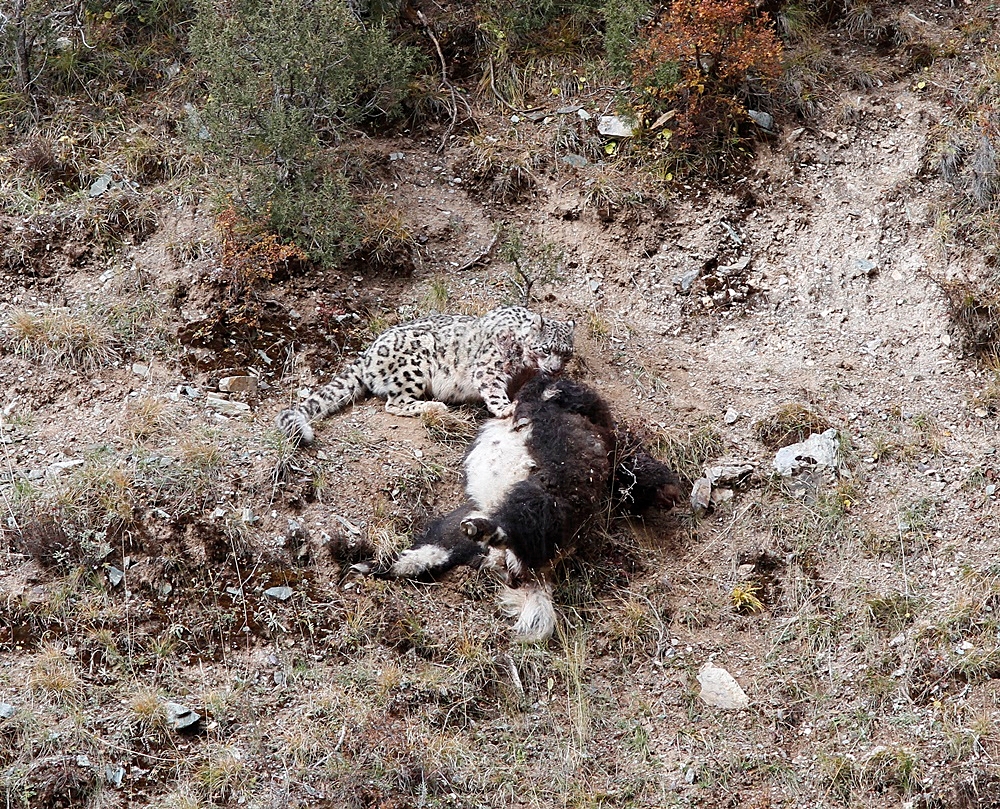
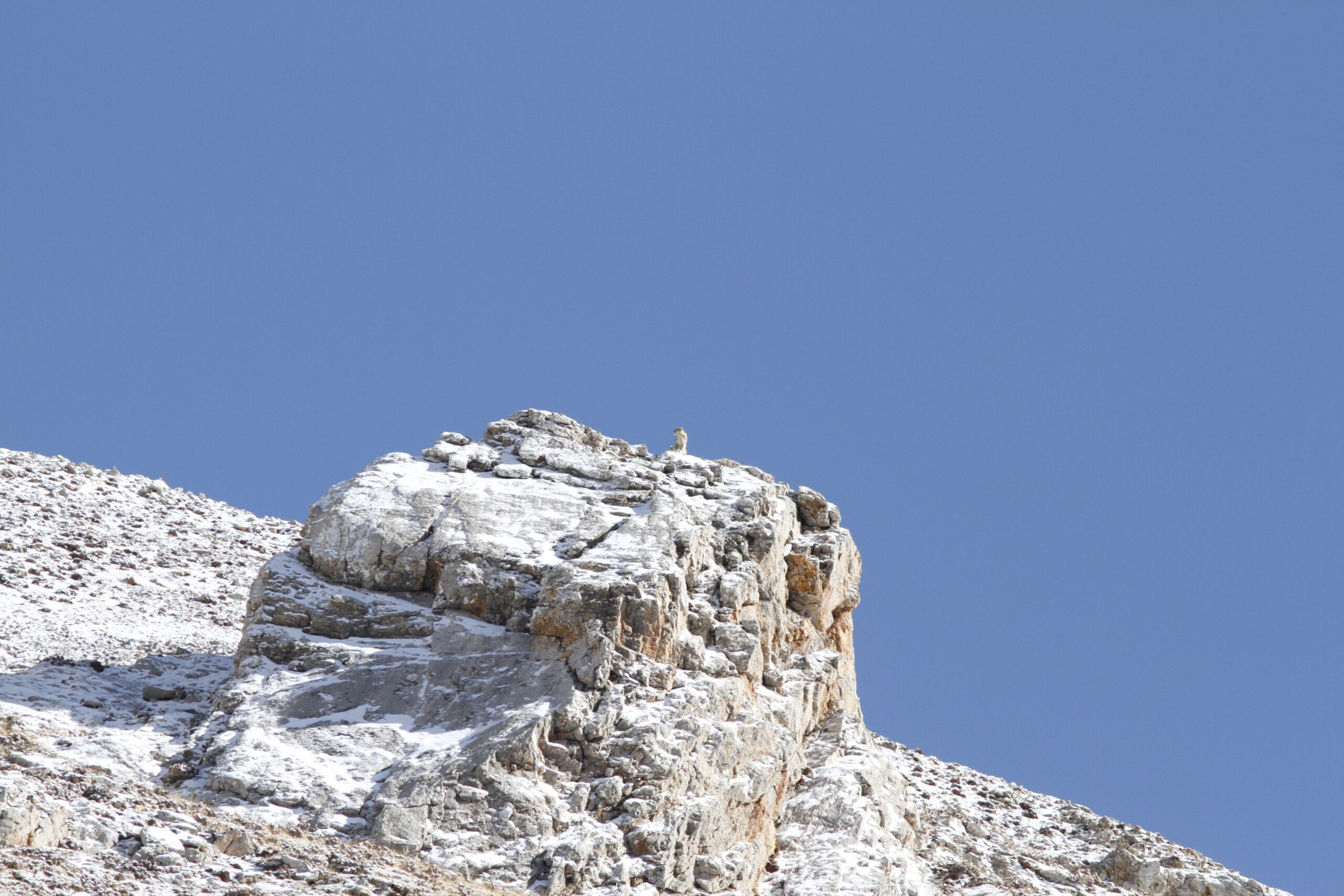

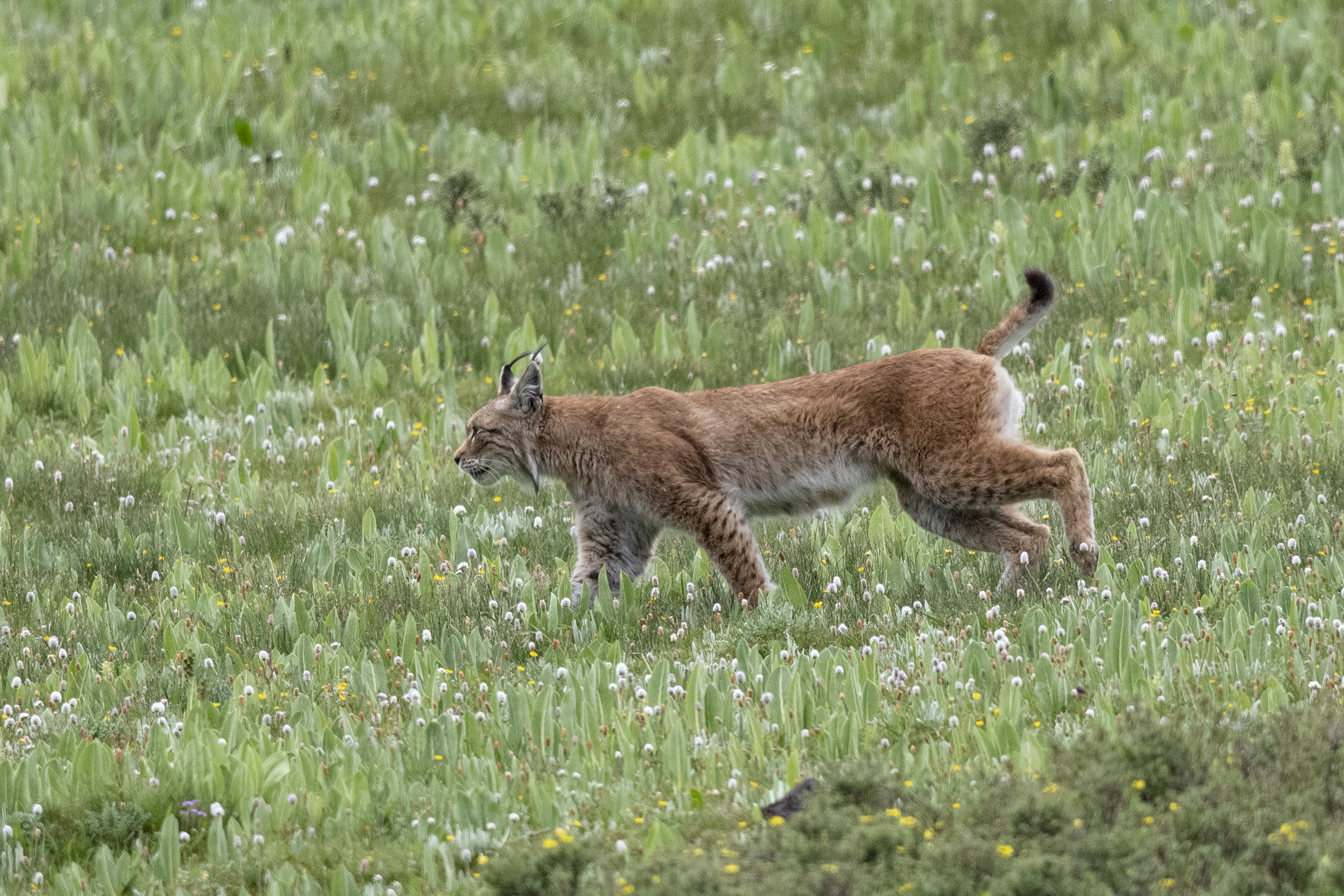
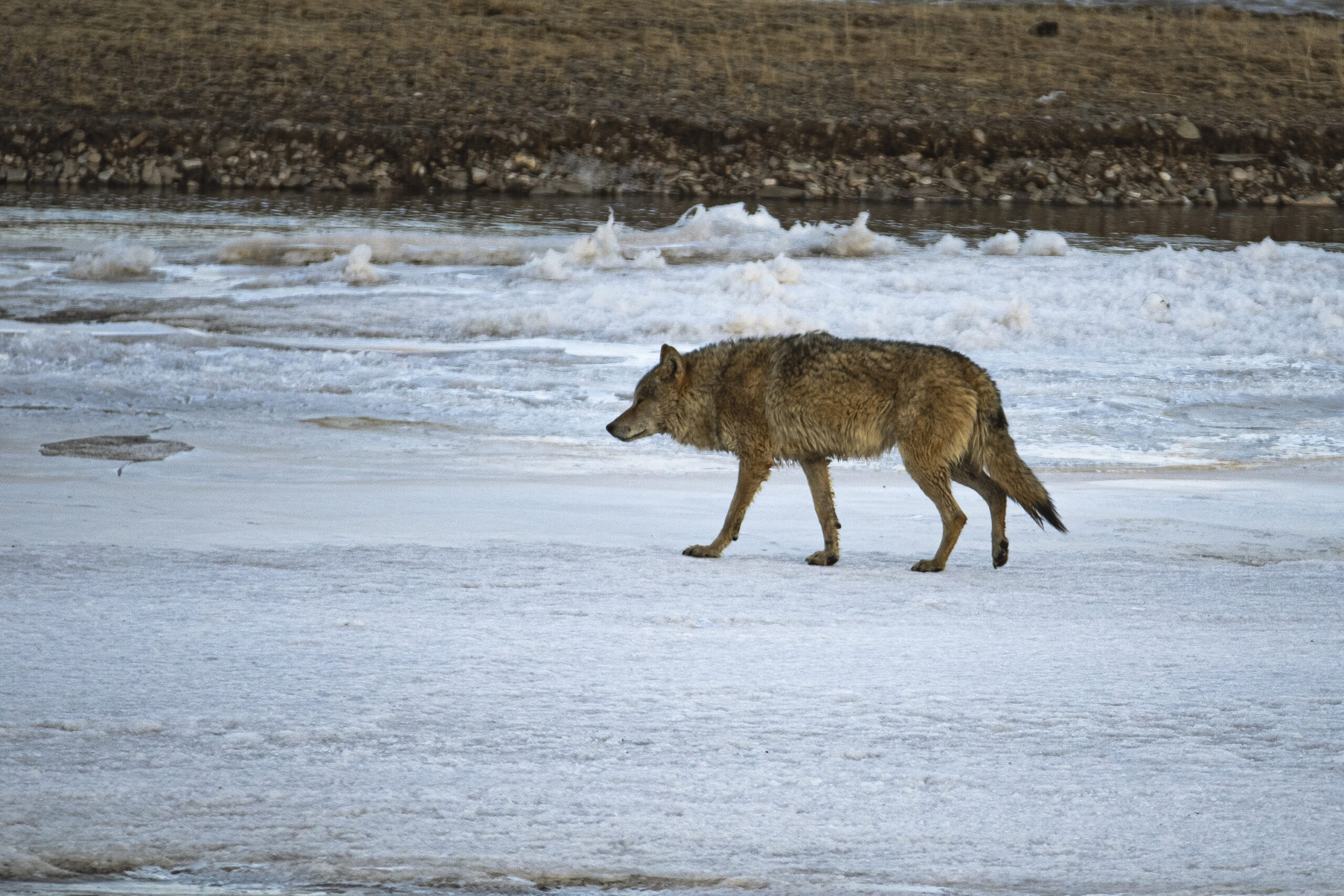
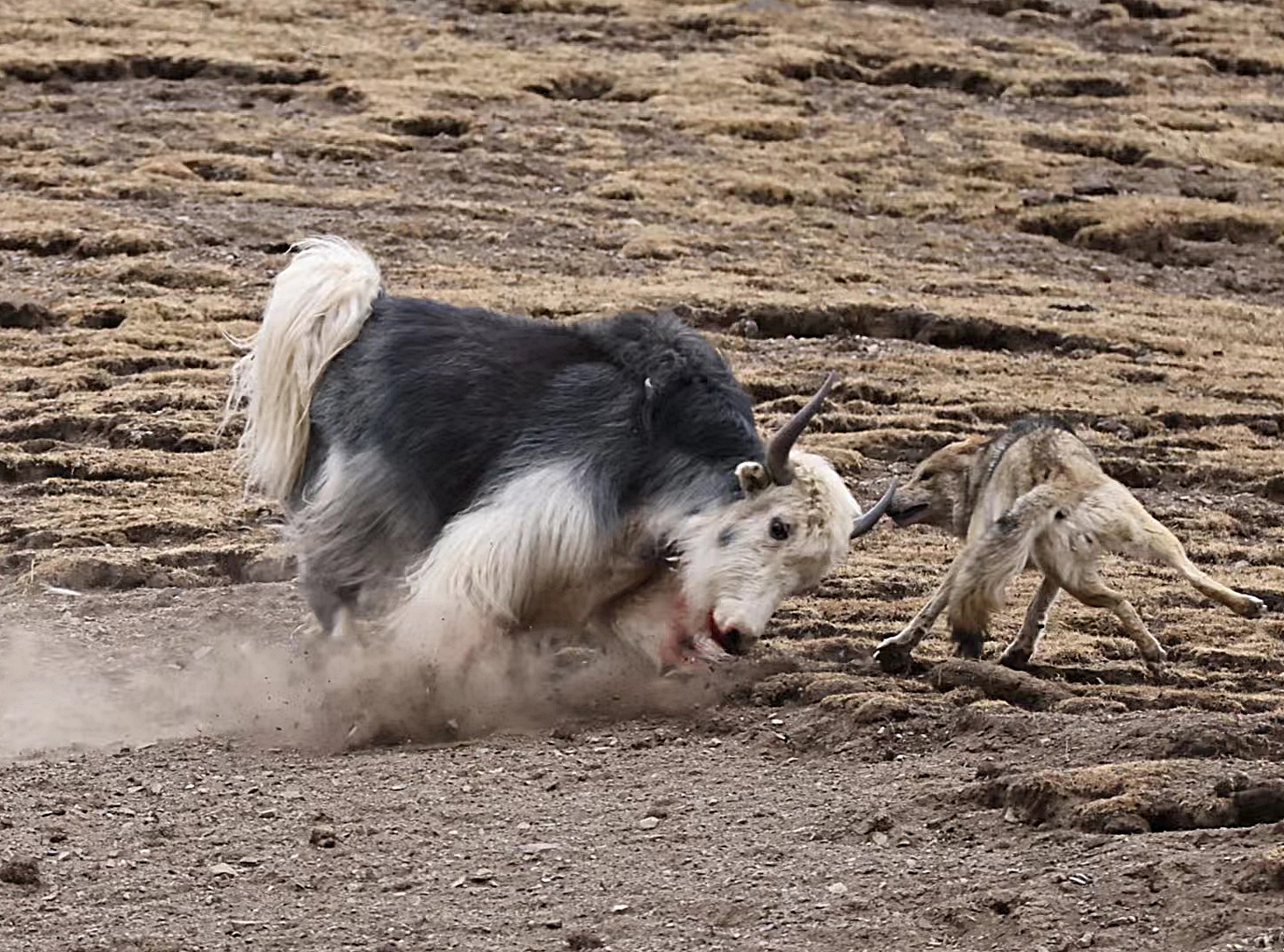

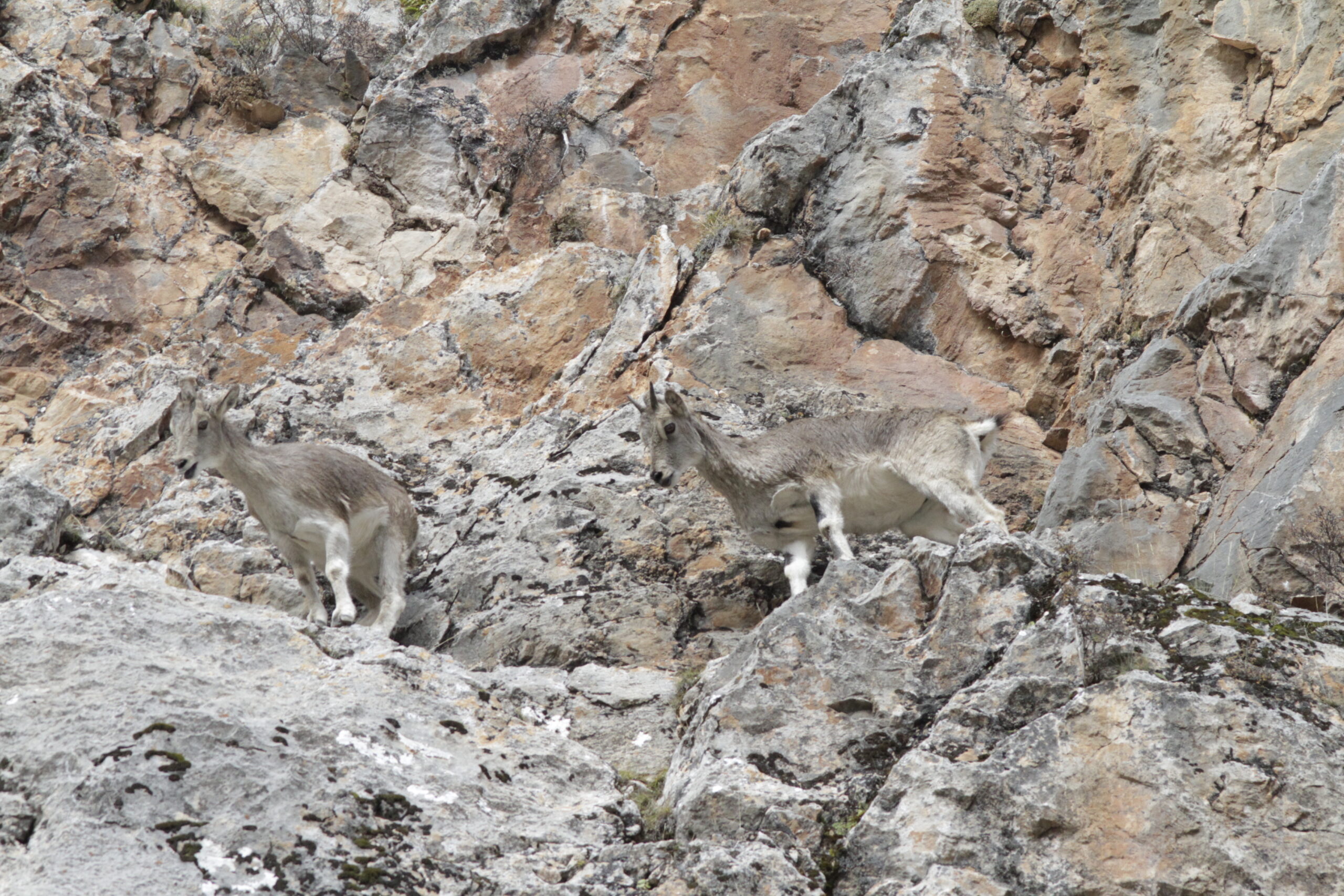
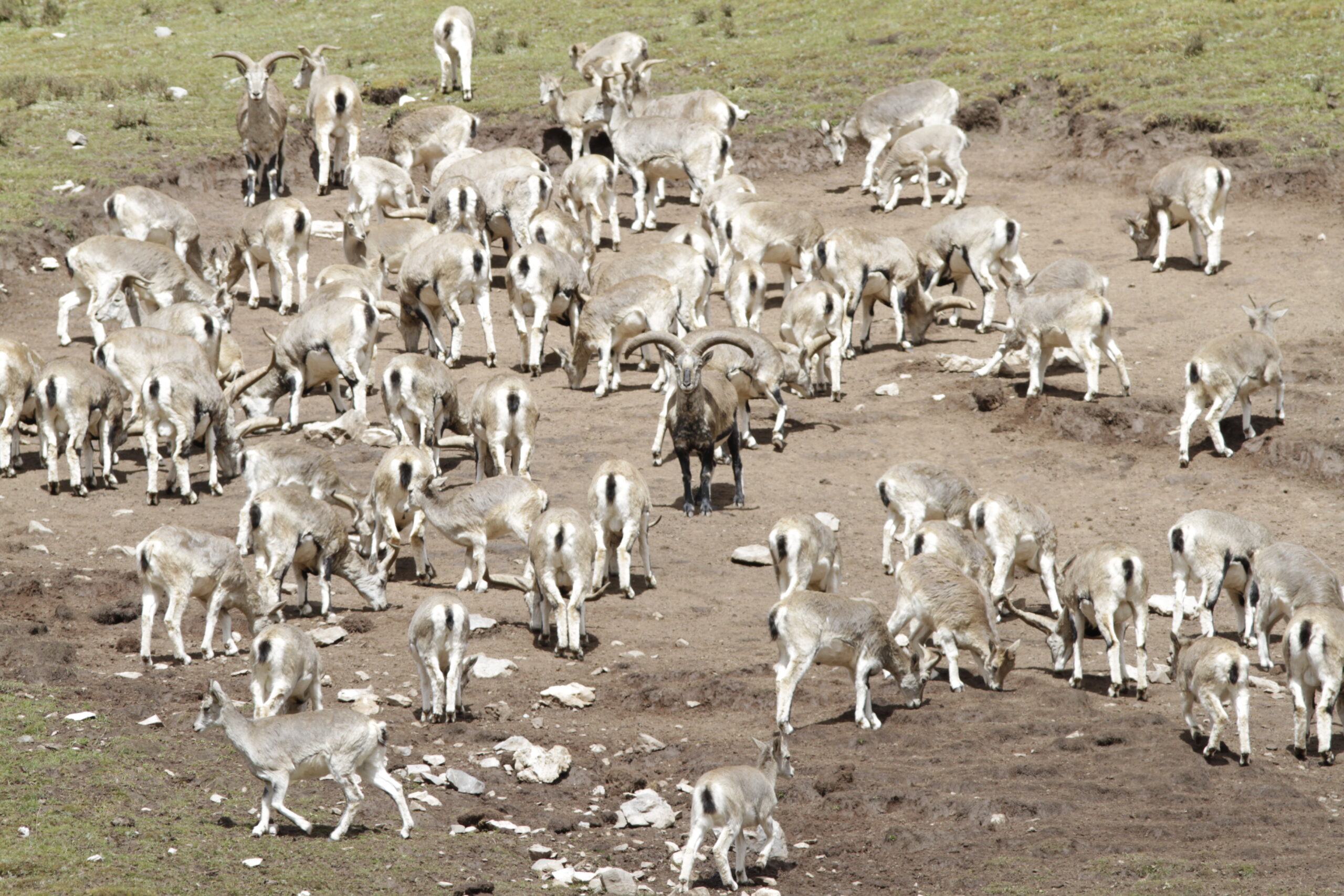
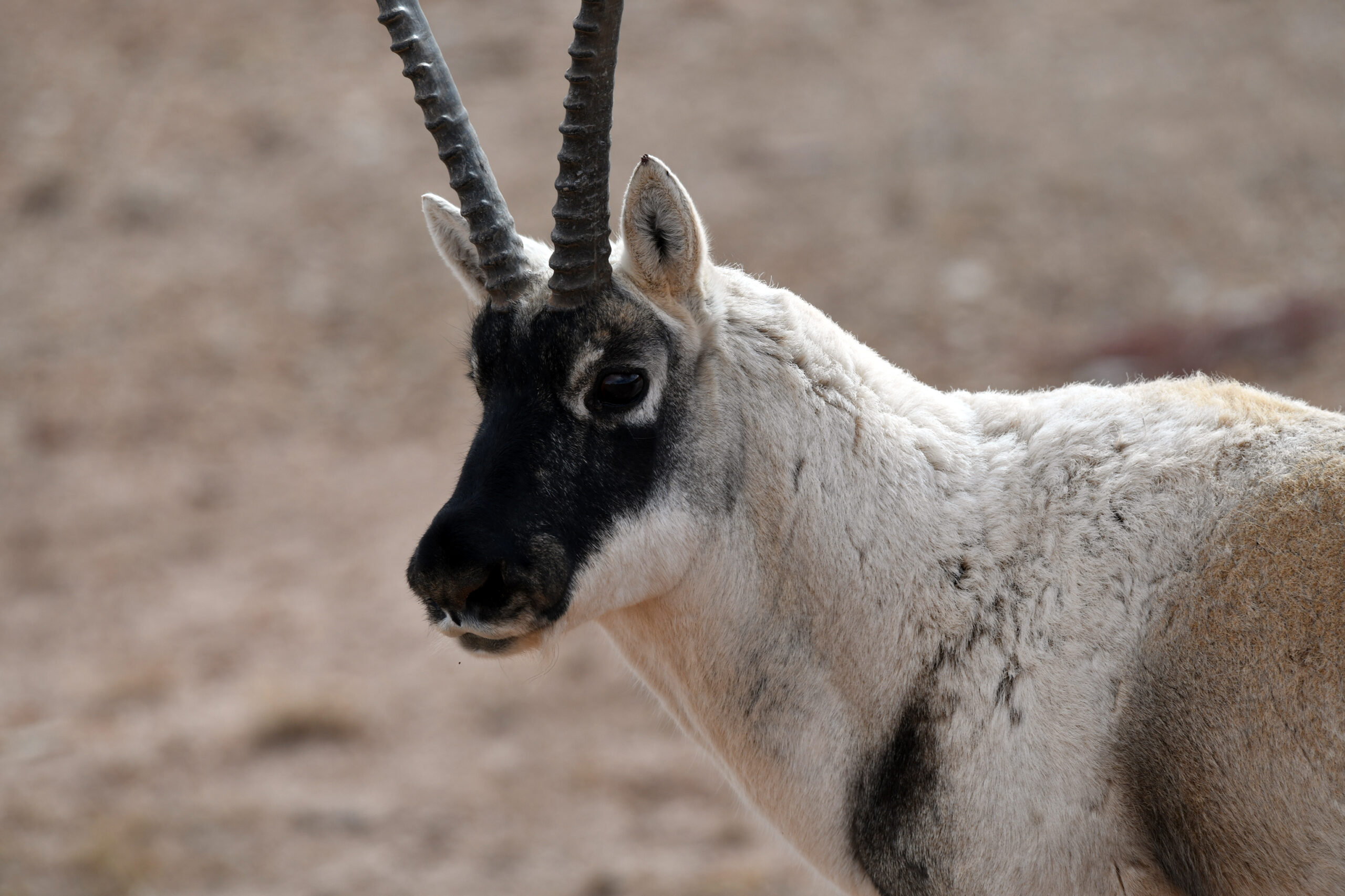
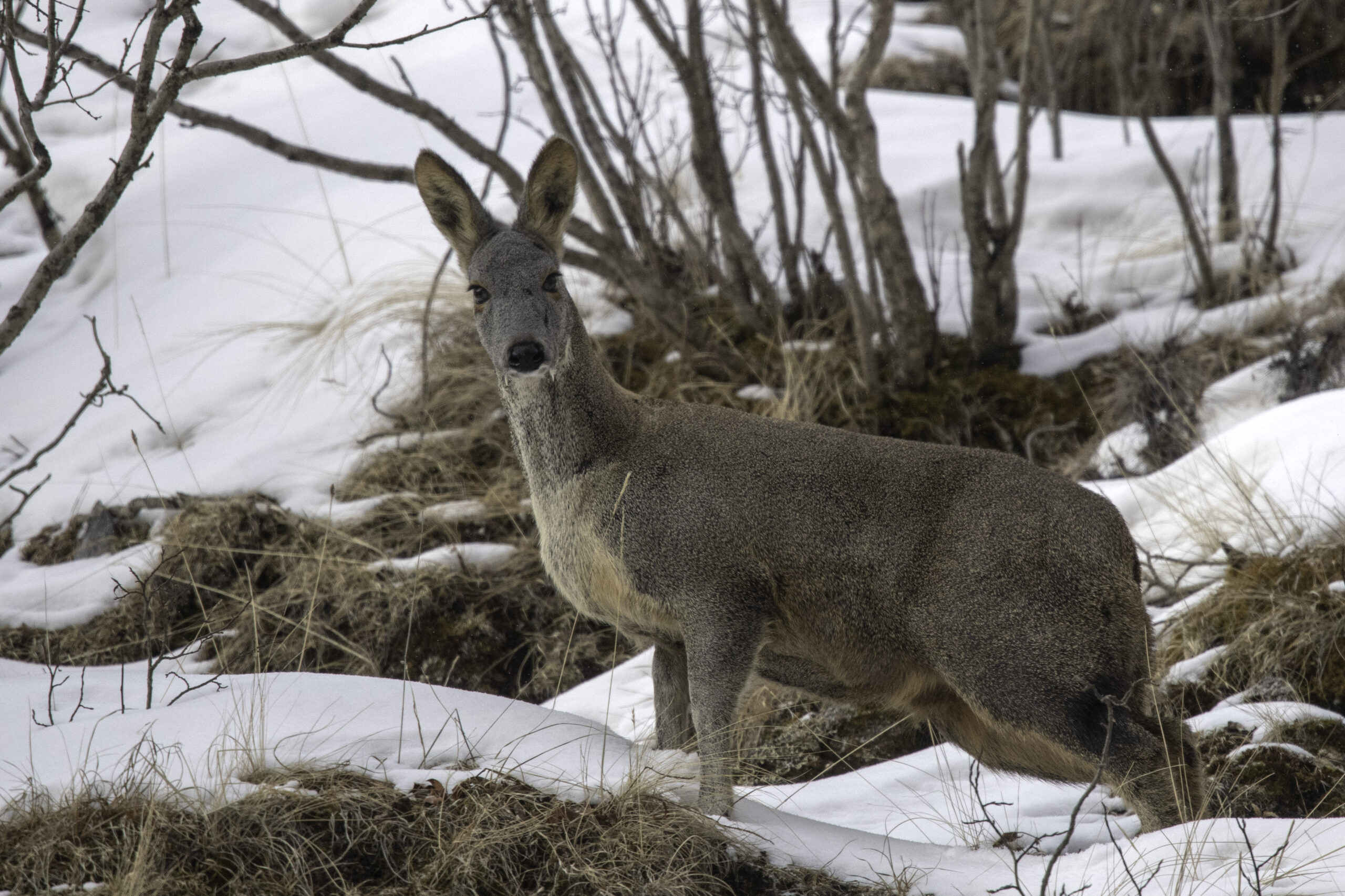
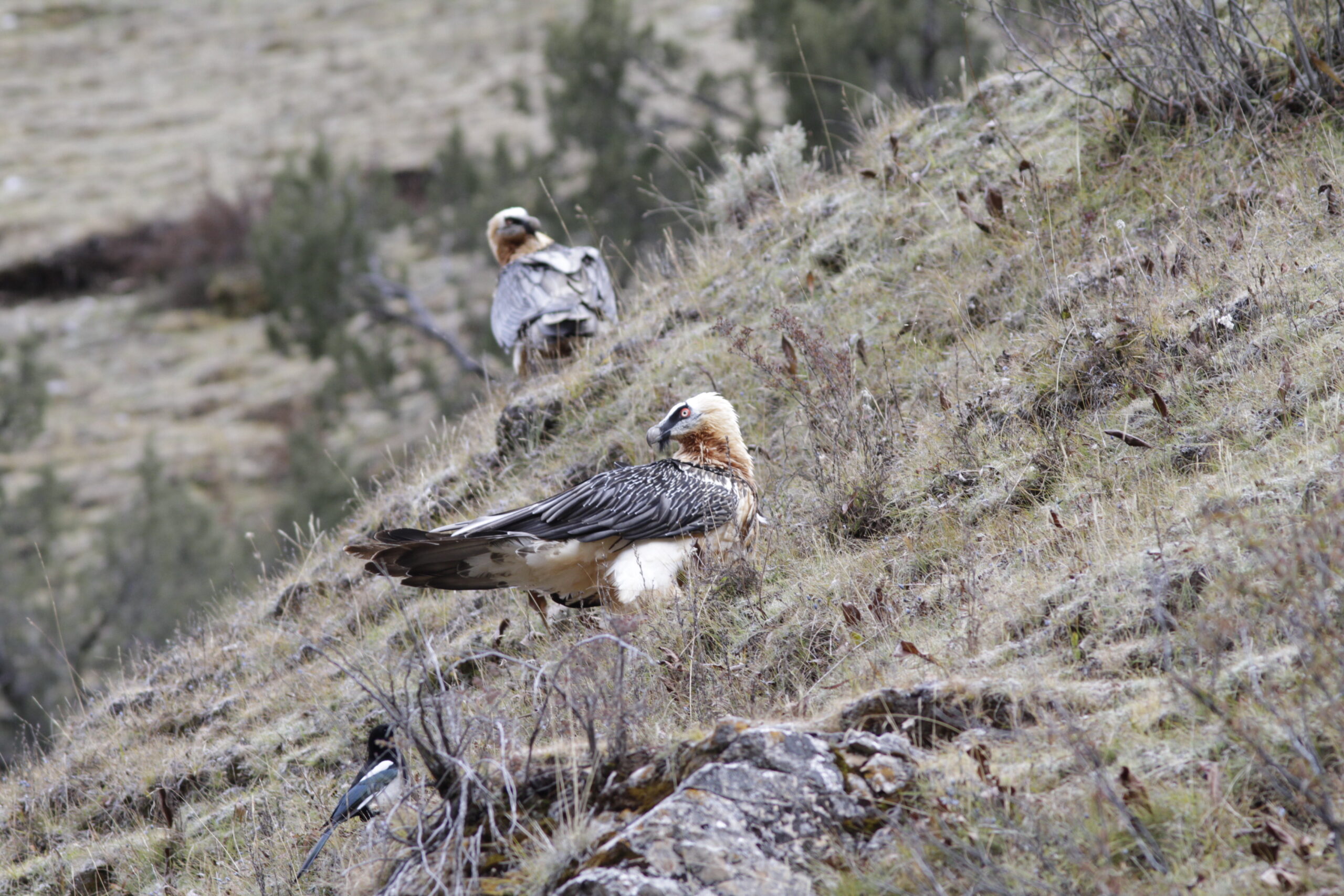
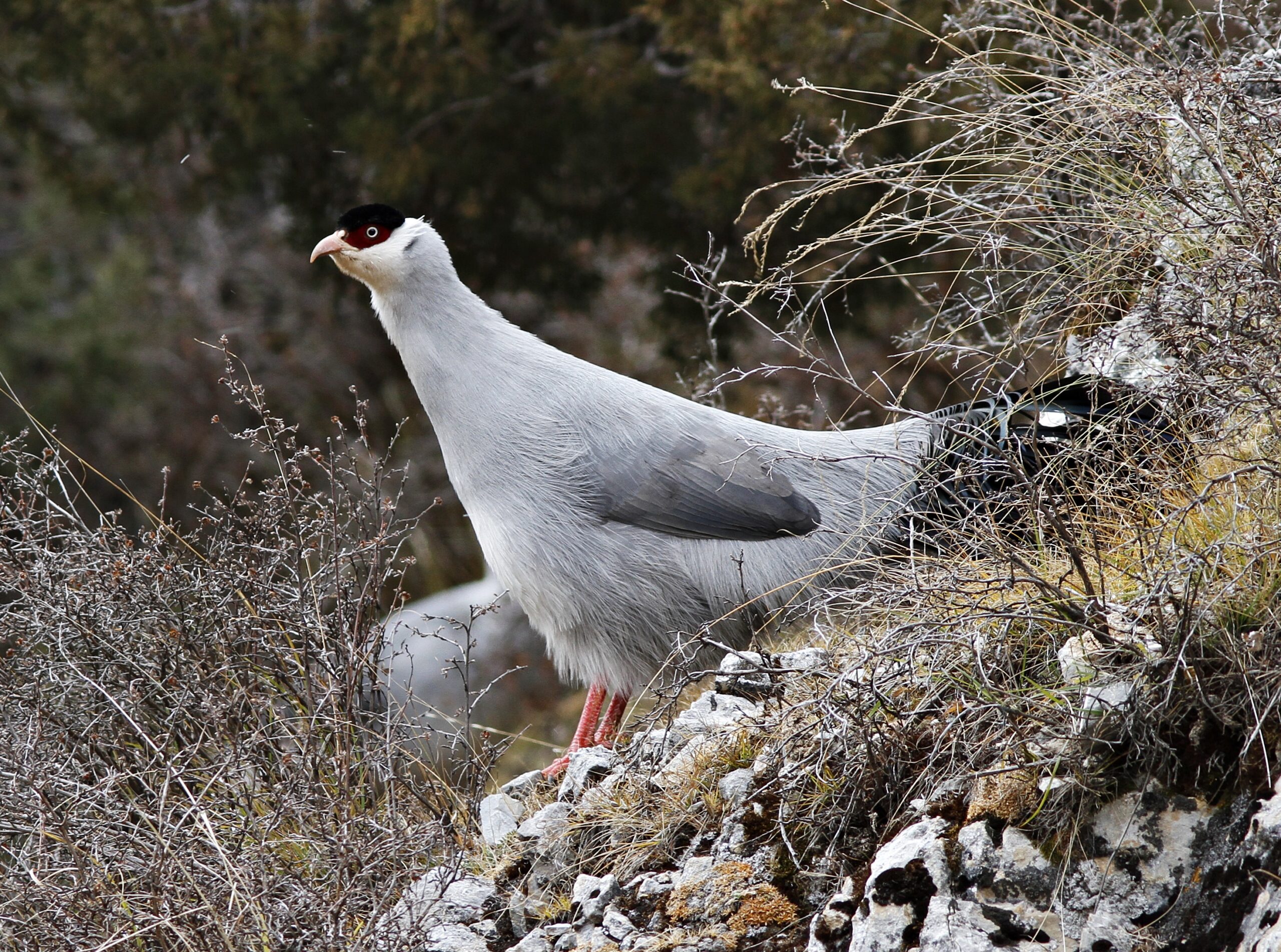
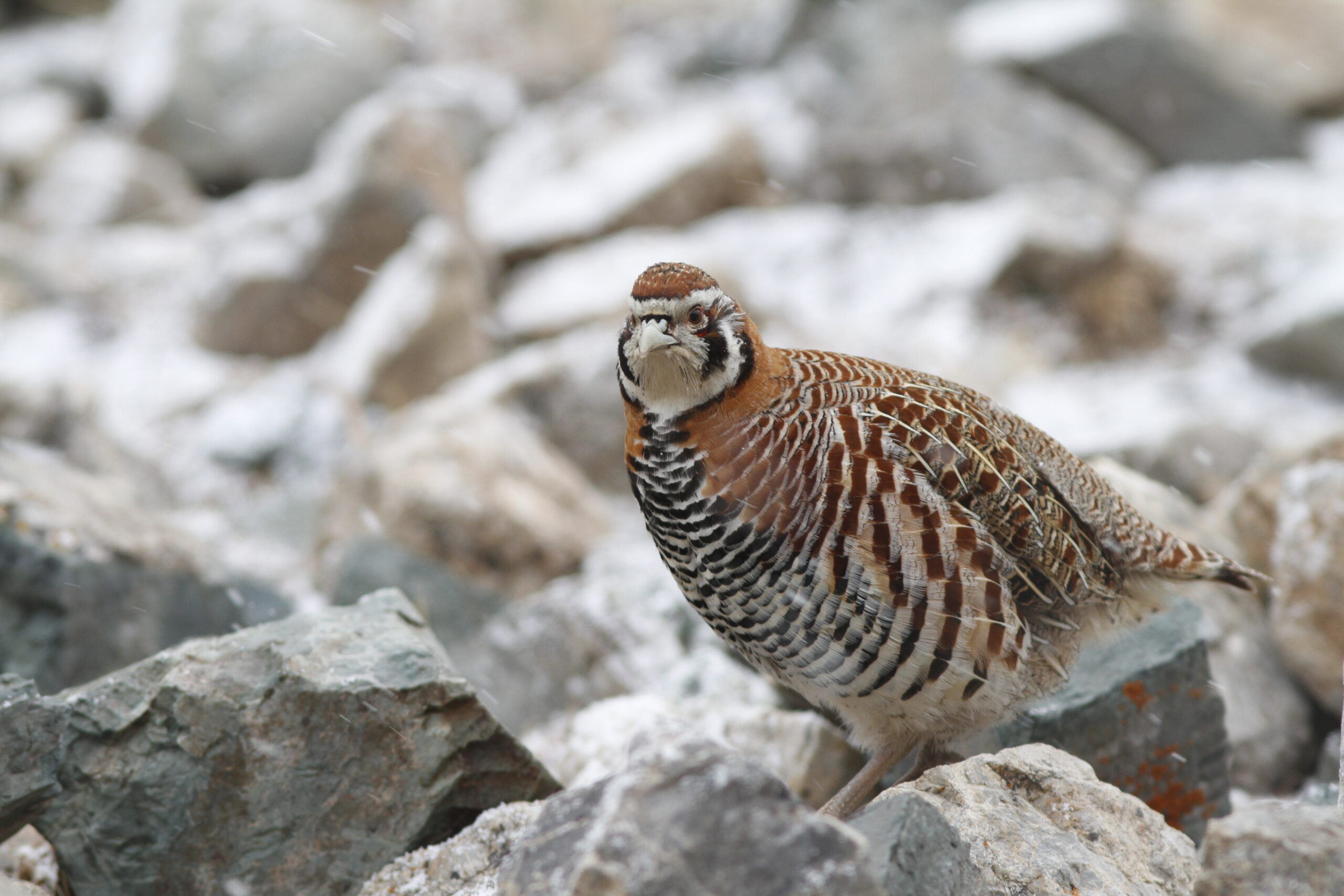
















Ask About This Tour
If you have any questions about this tour, please enter your details here and we will get back to you as soon as possible.
Alternatively, contact us by email or phone. We look forward to hearing from you!
- 0117 965 8333
- [email protected]
Or complete the contact form and we will endeavour to get back to you as soon as possible.
* = required field
